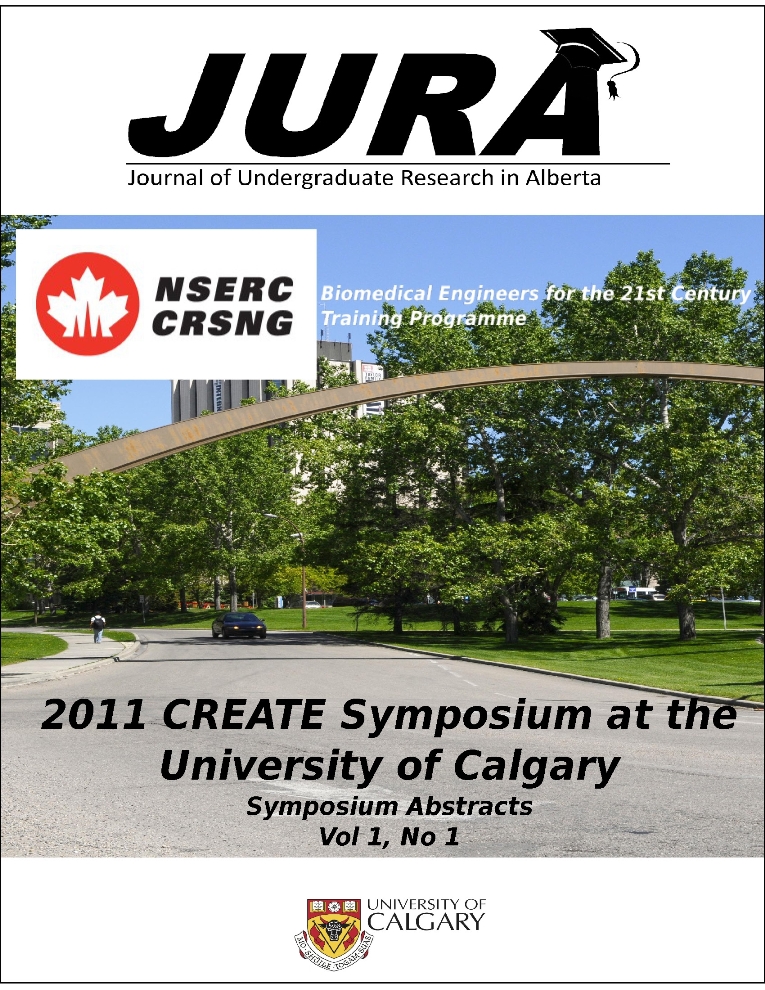Capturing the Essence of Speed Skating and the Skate Technique in Cross-Country Skiing
Keywords:
Speed Skating, Cross-Country Skiing, Skate TechniqueAbstract
Speed skating and the skate technique in cross-country skiing are activities in which ski/skate positioning governs the propulsive impulse and the direction of travel. Although it is known anecdotally that the ski/skate placement becomes more aligned with the direction of travel as speed increases, the optimal placement is not known.
The aim of this study was to develop a theoretical model that gives the ski/skate placement that maximizes the average speed. The dilemma occurs because the direction of the ski/skate determines the path of travel, while propulsion can only be produced perpendicular to the skate/ski. The theoretical model was based on the impulse-momentum relationship, air resistance was ignored, and gliding resistance was assumed constant and along the direction of the skate/ski. Only steady state gliding was considered, meaning that the average speed in the direction of desired travel was constant. The velocity of a new stride is influenced by the gliding velocity of the previous stride and the velocity generated by the impulse in the transition from one skate/ski to the other. Based on these assumptions, two equations were derived for the average forward velocity: one for speed skating and skiing without propulsion from the poles, and a second for skiing with propulsion from the poles. The model was used to predict the optimal skate/ski angles relative to the desired direction of travel that maximize the average forward speed given an athlete’s mass, impulse from the legs, and impulse from the arms. In agreement with experimental observations, the model predicts that the orientation of ski/skates becomes more aligned with increasing speed of travel and becomes parallel to the direction of travel when the entire forward propulsion is derived from the poles. The detailed predictions now need testing against careful experimental measurements in the field.
Downloads
Downloads
Published
Issue
Section
License
Authors retain all rights to their research work. Articles may be submitted to and accepted in other journals subsequent to publishing in JURA. Our only condition is that articles cannot be used in another undergraduate journal. Authors must be aware, however, that professional journals may refuse articles submitted or accepted elsewhere—JURA included.


